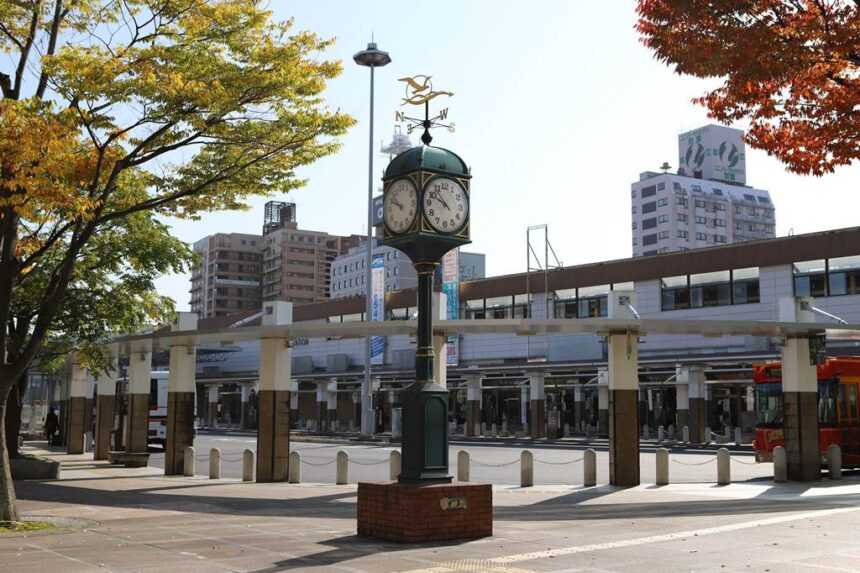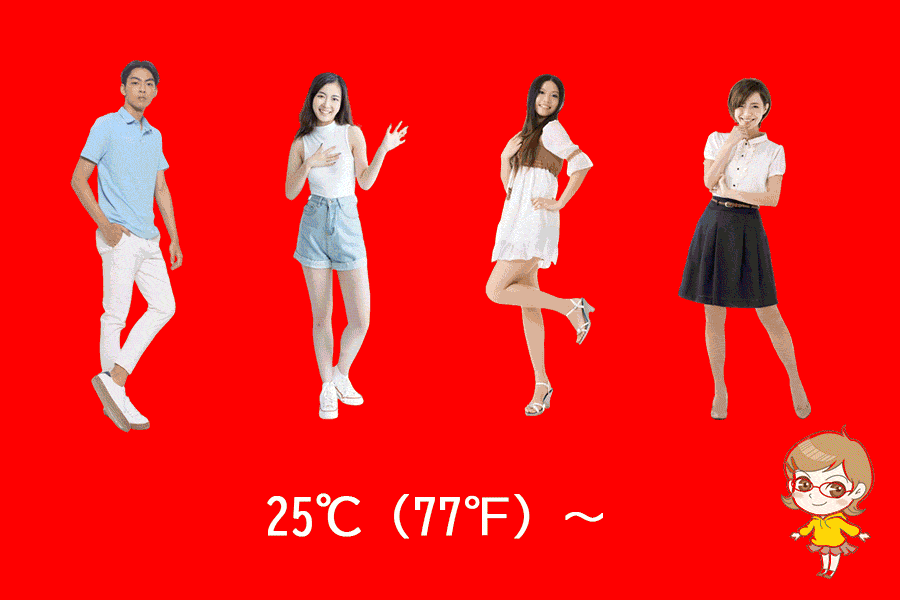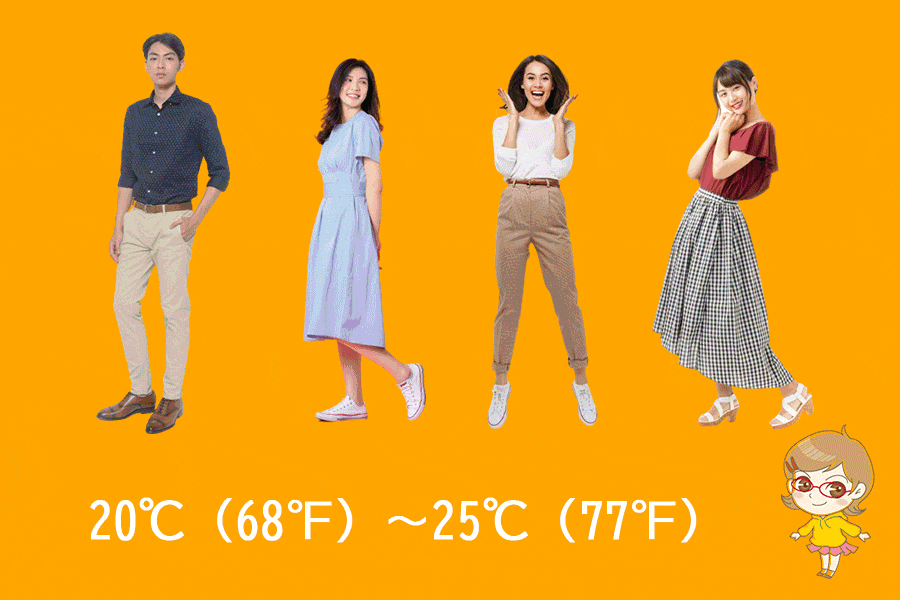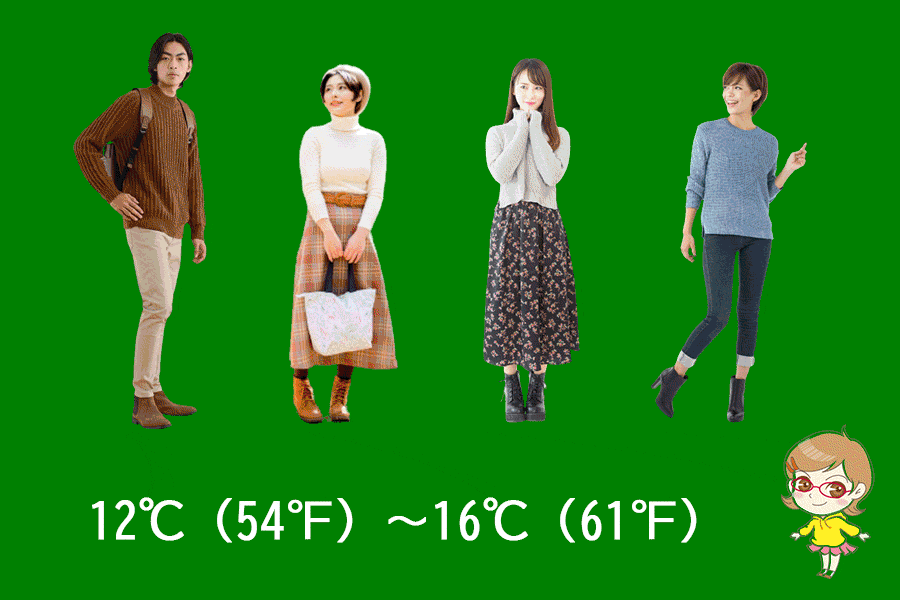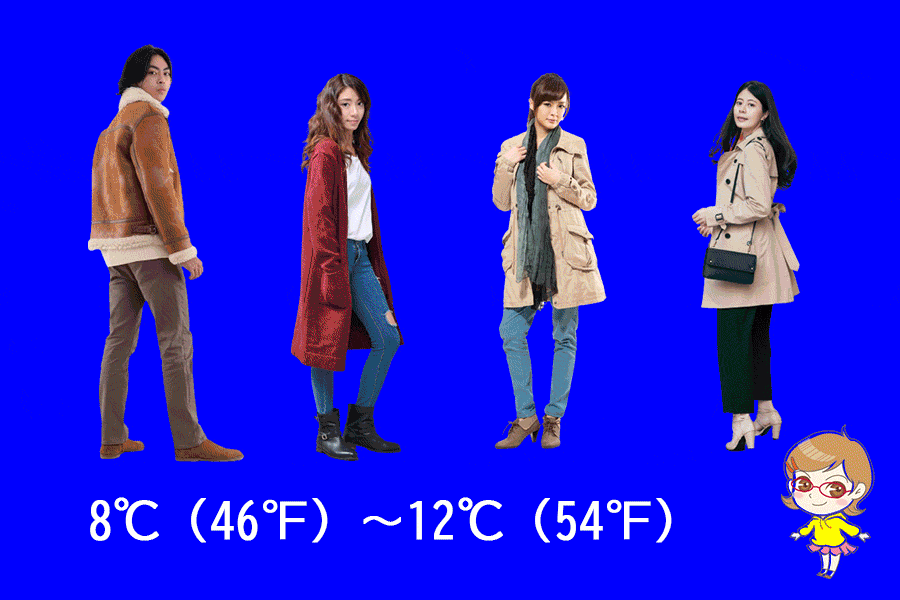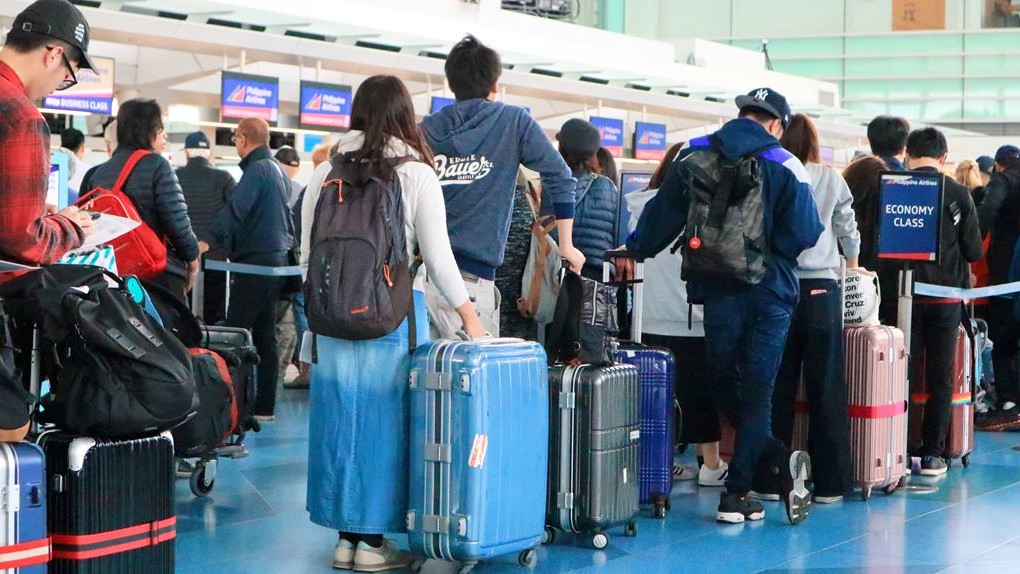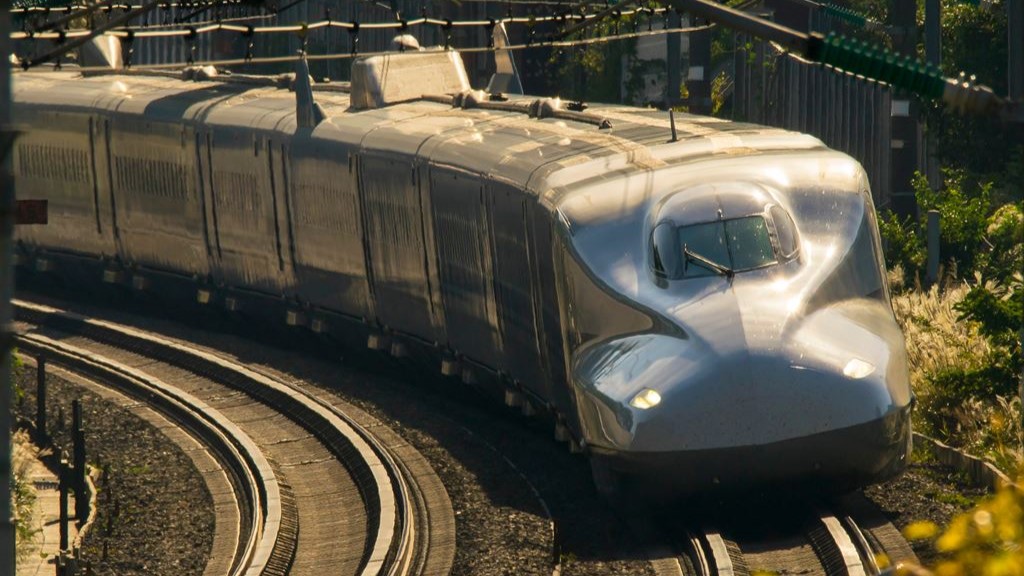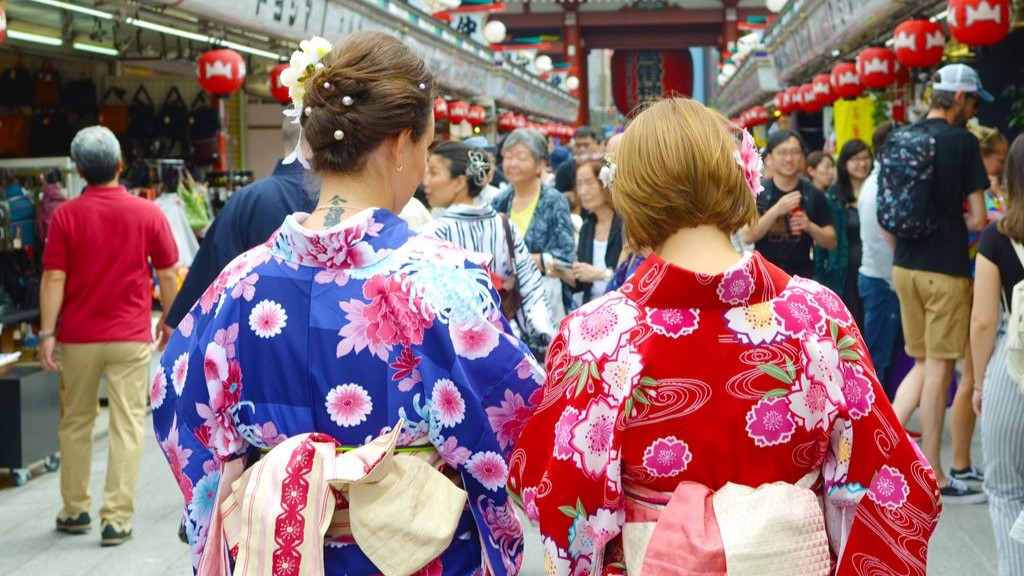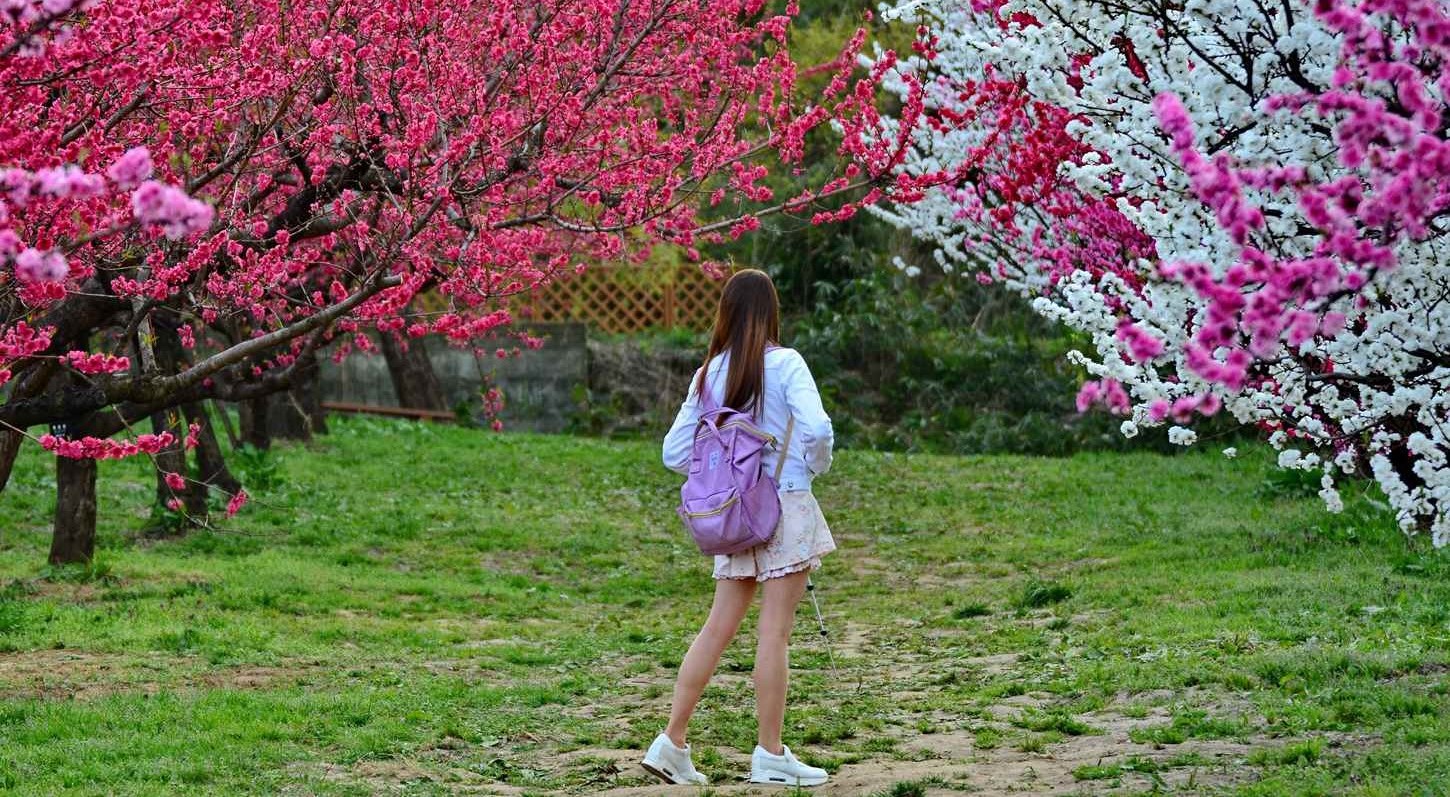Asahimachi, Matsue, Shimane 690-0003 MAP
↓ Click to jump to the relevant section.
| Current Weather | Annual Weather | Tourist Attractions |
| Baggage Deposit | Hotels |
Current weather and clothing

The weather information shown here is the information closest to the station in question. Please note that there may be slight differences.
Yearly temperature changes and recommended clothing
Clothing recommendations for each temperature range
When traveling in Japan with the following average temperatures, the recommended clothing is as follows:
Monthly changes in temperature, precipitation, and snowfall (1991~2020 average, Japan Meteorological Agency survey)
| Jan. | Feb. | Mar. | Apr. | May | Jun. | Jul. | Aug. | Sep. | Oct. | Nov. | Dec. | |
| temperature(°C) | 4.6 | 5 | 8 | 13.1 | 18 | 21.7 | 25.8 | 27.1 | 22.9 | 17.4 | 12 | 7 |
| precipitation(mm) | 153.3 | 118.4 | 134 | 113 | 130.3 | 173 | 234.1 | 129.6 | 204.1 | 126.1 | 121.6 | 154.5 |
| snowfall(cm) | 28 | 25 | 6 | — | — | — | — | — | — | — | — | 11 |
Winter
December
December in Matsue is the start of the coldest period of the year, with the average temperature dropping to 7 degrees Celsius. The average precipitation in December is 154.5 mm, and it snows occasionally. It is essential to wear winter clothes, such as a heavy coat, thick pants, and long-sleeved shirts, to keep warm. It is advisable to wear boots, gloves, and a scarf to protect against the cold weather.
January
January is the coldest month in Matsue, with an average temperature of 4.6°C. It also has a lot of precipitation, with an average of 153.3 mm. Snow is common in Matsue at this time of year. The weather is generally cloudy and dreary. It is advisable to wear a heavy coat or jacket (preferably wool) and bring warm clothing such as gloves, a scarf, and a hat.
February
The average temperature in February is around 5°C. The weather is cold and gloomy, and snowfall is possible; the average precipitation in February is 118.4 mm and snowfall is 25 cm. As in January, it is advisable to wear heavy coats and jackets, gloves, scarves, hats, and other warm clothing.
Spring
March
In March, the average temperature increases to 8°C, but the weather still remains chilly. The average precipitation in March is 134mm. It is advisable to wear layered clothing, including a jacket or sweater, a shirt, and pants, to keep you warm. Don’t forget to bring along an umbrella, as rainfall is common during this month.
April
April is when spring arrives in Matsue, with an average temperature of 13.1°C. The weather is mild and pleasant, with the cherry blossoms starting to bloom. The average precipitation in April is 113mm. It is advisable to wear comfortable clothing, such as a light jacket or sweater, and bring an umbrella, as rain is still common.
May
The weather in May is warm and sunny, with an average temperature of 18°C. The average precipitation in May is 130.3 mm. It is advisable to wear comfortable clothing, such as a t-shirt, shorts, or a sundress, as well as a light jacket or sweater for cooler evenings.
Summer
June
June is the beginning of the rainy season in Matsue, with an average temperature of 21.7°C. The average precipitation in June is 173 mm. It is advisable to wear lightweight, breathable clothing that dries quickly, such as shorts, t-shirts, and skirts. You may also want to bring along an umbrella or raincoat.
July
In July, the weather is hot and humid, with an average temperature of 25.8°C. The average precipitation in July is 234.1 mm. It is advisable to wear lightweight, loose-fitting clothing made from breathable fabrics such as cotton, linen, or rayon. Shorts, t-shirts, and sundresses are appropriate for this month.
August
August is the hottest month in Matsue, with an average temperature of 27.1°C. The average precipitation in August is 129.6 mm. Like July, it is advisable to wear lightweight, loose-fitting clothing made from breathable fabrics. Shorts, t-shirts, and sundresses are still appropriate for this month, and a hat and sunglasses are also recommended to protect you from the sun.
Autumn
September
September in Matsue is mild with an average temperature of 22.9 degrees Celsius, making it more comfortable than August. However, since it is the transition period from summer to autumn, the weather can be unstable; the average precipitation in September is 204.1 mm. Temperatures can drop at night, so both men and women should bring light jackets, pants, and long-sleeved shirts.
October
October in Matsue is similar to September, with the weather cooling down a bit. The average temperature in October is 17.4 degrees Celsius, and the average precipitation is 126.1 mm. It is recommended to bring warm clothes, such as a sweater or a light coat, as it can get chilly during the day and night.
November
In November, Matsue becomes more like autumn. The average temperature drops to 12°C and the average precipitation is 121.6 mm. At night, temperatures can drop below 10°C, so it is recommended that visitors bring a coat or heavy jacket. Both men and women should wear warm clothing such as sweaters, long-sleeved shirts, and long pants.
Recommended tourist destinations
Matsue Castle
1-5 Tonomachi, Matsue 690-0887 Shimane Prefecture
Built in 1611. While many castles in Japan have been reconstructed in recent years, this is a valuable structure that still exists as it was in those days. From the top floor, one can enjoy a 360-degree view of the city of Matsue.
Matsue Horikawa Pleasure Boat
428 Tono-machi, Matsue 690-0887 Shimane Prefecture
Tour around the Horikawa River around Matsue Castle on a small sightseeing boat. Visitors can enjoy the view from the boat of the area adjacent to Matsue Castle that still retains the atmosphere of the Edo period.
Shinji Lake
5 Sodeshi-cho, Matsue 690-0049 Shimane Prefecture
It is the seventh largest lake in Japan and straddles Izumo and Matsue cities. It is especially famous for its beautiful sunsets, and there are promenades along the lake and terraces where visitors can sit and enjoy the sunset.
Adachi Museum of Art
320 Furukawacho, Yasugi 692-0064 Shimane Prefecture
The museum mainly exhibits modern Japanese paintings, including those by Yokoyama Taikan. The Japanese garden surrounding the museum is especially beautiful and has been recognized as the best in Japan for 20 consecutive years by the Journal of Japanese Gardening, an American magazine specializing in Japanese gardens.
Yuushien Garden
1260-2 Yatsukacho, Hanyu, Matsue 690-1404 Shimane Prefecture
Japanese garden theme park. The scenic spots in Shimane Prefecture are represented by Japanese gardens. The peony garden is also famous. There is also a restaurant inside the park.
Shimane Art Museum
1-5 Sodeshicho, Matsue 690-0049 Shimane Prefecture
The Shimane Prefectural Art Museum, located on the shores of Lake Shinji, is an art museum that focuses on the theme of harmony with water. The museum also owns many works by Katsushika Hokusai, one of the most famous ukiyoe artists of the Edo period.
Yaegaki Shrine
227 Sakusacho, Matsue 690-0035 Shimane Prefecture
This historic shrine is said to be a power spot for the fulfillment of love.On the shrine grounds, there is a “Kagami-no-ike” (mirror pond) that is popular among young women. Visitors can place a coin on a piece of Japanese paper, float it in the pond, and divine their love by the distance and time it takes for the coin to sink.
Izumo Grand Shrine
195 Taishacho Kizukihigashi, Izumo 699-0701 Shimane Prefecture
It is one of the most famous shrines in Japan, with a history comparable to that of Ise Jingu Shrine. The main shrine, built in 1744 in the Taisha-zukuri style, is the oldest form of shrine architecture in Japan and is designated as a national treasure.
Inasa Beach
Kitainasa Kizukikita Taishacho, Izumo 699-0702 Shimane Prefecture
It is a power spot associated with Japanese mythology, located on the western shore of Izumo-taisha Shrine.There is a small island called Bentenjima on the beach, and a small shrine dedicated to a god from Japanese mythology on the rock, creating a very mysterious atmosphere.
Former Taisha Station
441-3 Taishacho Kitaaraki, Izumo 699-0722 Shimane Prefecture
The wooden station building was reconstructed in 1924 and was used until 1990. With a purely Japanese design reminiscent of Izumo Taisha Shrine, it is designated as a National Important Cultural Property. Proceeding toward Izumo-taisha Shrine from here, you will find “Shinmon-dori,” a street bustling with souvenir stores and restaurants.
Where to leave your luggage
After exiting the ticket gate, go west along the station building from the north exit to an area containing restaurants. Coin lockers are located in the passageway inside the station adjacent to the restaurant area, across from the restrooms.
There are also coin lockers on the first floor of the Matsue Terrsa building, which can be seen on the left side of the North Exit of the station. Matsue Terrsa is open from 8:30 to 22:00.
Recommended hotels and inns
Matsue Excel Hotel Tokyu
590 Asahimachi, Matsue 690-0003 Shimane Prefecture
3-minutes walk from Matsue Station
Hotel class: 3
Hotel style: Centrally Located, Business
Check Rates & Availability:
>> See on Tripadvisor
>> See on Trip.com
>> See on Expedia
Dormy Inn Express Matsue
498-1 Asahimachi, Matsue 690-0003 Shimane Prefecture
4-minutes walk from Matsue Station
Hotel class: 3
Hotel style: Quiet, Centrally Located
Check Rates & Availability:
>> See on Tripadvisor
>> See on Trip.com
>> See on Expedia
Minamikan
14 Suetsugu Hommachi, Matsue 690-0843 Shimane Prefecture
12-minutes walk from Matsue Station
Hotel class: 3
Hotel style: Romantic, Charming
Check Rates & Availability:
>> See on Tripadvisor
>> See on Trip.com
>> See on Expedia
Hotel Ichibata
30 Chidori-cho, Matsue 690-0852 Shimane Prefecture
1 mi / 1.6 km from Matsue Station
Hotel class: 3
Hotel style: Great View, Family
Check Rates & Availability:
>> See on Tripadvisor
>> See on Trip.com
>> See on Expedia
Green Rich Hotel Matsue Station Across
589-1 Asahimachi, Matsue 690-0003 Shimane Prefecture
2-minutes walk from Matsue Station
Hotel class: (new)
Hotel style: Centrally Located, Business
Check Rates & Availability:
>> See on Tripadvisor
>> See on Trip.com
Hotel Route Inn Matsue
2-22 Higashihonmachi, Matsue 690-0842 Shimane Prefecture
10-minutes walk from Matsue Station
Hotel class: 3
Hotel style: Business, Family
Check Rates & Availability:
>> See on Tripadvisor
>> See on Trip.com
>> See on Expedia
Naniwa Issui
63 Chidoricho, Matsue 690-0852 Shimane Prefecture
1.2 mi / 1.9 km from Matsue Station
Hotel class: 3.5
Hotel style: Great View, Charming
Check Rates & Availability:
>> See on Tripadvisor
>> See on Trip.com
>> See on Expedia
Matsue New Urban Hotel
40-1 Nishichamachi, Matsue 690-0845 Shimane Prefecture
15-minutes walk from Matsue Station
Hotel class: 3
Hotel style: Business
Check Rates & Availability:
>> See on Tripadvisor
>> See on Trip.com
>> See on Expedia
We support your itinerary planning!
Click the button to get an overview of hotel information and popular tourist routes from all over Japan featured on our site. We’ve included comprehensive details to aid in planning your trip, so please make use of it.
Comprehensive checklist before traveling to Japan

Book flights
Compare and purchase flight tickets
When planning your trip to Japan, it's advisable to start by researching flights several months in advance. Airlines often release promotional fares, especially during off-peak seasons. Use comparison sites like Skyscanner or KAYAK to get a sense of the price range. Be flexible with your travel dates if possible; flying mid-week might be cheaper than on weekends.
>> Visit Skyscanner's official website
>> Visit KAYAK's official website
Order Japan Rail Passes for each family member
Purchase your Japan Rail Pass before departure
The Japan Rail (JR) Pass offers unlimited travel on JR trains, making it a cost-effective option for tourists. However, it's only available to foreign tourists and must be purchased *before* you arrive in Japan. Determine the areas you plan to visit; if you're traveling extensively, a nationwide pass is beneficial, but if you're only exploring a specific region, consider regional JR passes. Children under 12 get a discounted pass, so ensure you order the correct type for each family member.
>>Visit Japan Rail Pass's website
Plan your attire for Japan
Check the weather at your destination on this site
Japanese weather varies significantly by season. In summer, it's hot and humid, so breathable clothes are essential. Winters, especially in the north, can be cold, requiring warm attire. If visiting during the rainy season (June to early July), pack a good umbrella and waterproof shoes. While Japan is generally casual, certain places like temples, shrines, or upscale restaurants may require modest and neat dressing.
Reserve a pocket Wi-Fi or SIM card
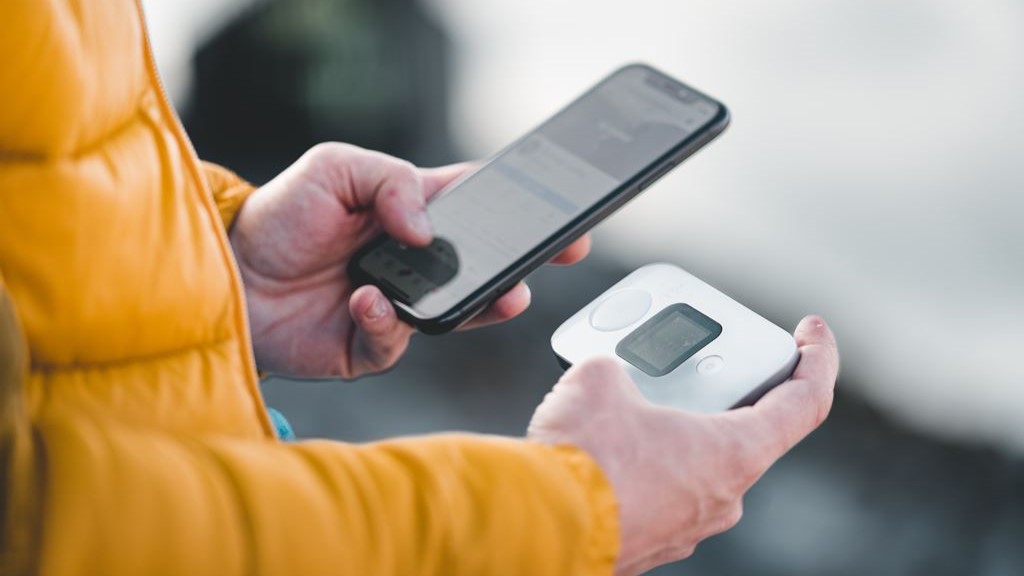
SIM card or pocket Wi-Fi is required
Beyond clothes, consider packing essentials like a universal power adapter (Japan uses Type A and B sockets), portable Wi-Fi or SIM card for internet access, and any necessary medications (with a copy of the prescription).
Which is better: a SIM card or pocket Wi-Fi?
When traveling in Japan, one essential to consider is securing internet access, especially given that many locations still don't offer free Wi-Fi. To ensure you can use your smartphone throughout your trip, you'll typically have three options: (1) a SIM card, (2) pocket Wi-Fi, or (3) the roaming service provided by your mobile company. Roaming services can be quite expensive, so we often recommend using a SIM card or pocket Wi-Fi. While SIM cards tend to be more affordable than pocket Wi-Fi, they can be trickier to set up. Pocket Wi-Fi, on the other hand, can be shared among several users, making it a favorable choice for families or groups.
▼SIM card
Advantages:
Relatively affordable.
Disadvantages:
Can be time-consuming to set up initially.
May have strict data limits.
▼Pocket Wi-Fi
Advantages:
Offers substantial data allowances.
A single device can be shared among multiple users.
Easily usable with PCs as well.
Disadvantages:
Typically more expensive.
Japan's representative services

Sakura Mobile's website
▼SIM card
>>Visit Sakura Mobile's official website
>>Visit mobal's official website
▼pocket Wi-Fi
>>Visit Sakura Mobile's official website
>>Visit NINJA WiFi's official website
>>Visit Wi-Fi RENTAL Store's official website
Book local tours as needed
Pre-book your tour and have a great trip!
Local tours offer deep insights into Japan's culture and heritage. Websites like Viator or GetYourGuide offer a variety of tours, from traditional tea ceremonies to modern pop culture tours in Akihabara. Consider unique experiences like staying with monks on Mt. Koya or taking a cooking class to learn authentic Japanese dishes.
>>Visit Viator's official website
>>Visit GetYourGuide's official website
Purchase advance tickets for popular attractions
Make a reservation to avoid crowds
Attractions like Tokyo Disneyland, Universal Studios Japan, or the Studio Ghibli Museum often have long ticket queues. Buy tickets online in advance to save time. Some attractions also have timed entry, so check the specific time slots available and plan accordingly.
▼Tokyo Disney Resort
>>Visit Tokyo Disney Resort official website
>>Visit Viator's Tokyo Disneyland page
>>Visit Viator's Tokyo DisneySea page
>>Visit GetYourGuide's Tokyo Disneyland page
>>Visit GetYourGuide's Tokyo DisneySea page
▼Universal Studios Japan
>>Visit USJ official website
>>Visit Viator's USJ page
>>Visit GetYourGuide's USJ page
Buy travel insurance

insurance concept, health, life and travel insurance
It is important to be prepared for emergencies
While Japan is a safe country, travel insurance is crucial for unforeseen events like health emergencies, travel disruptions, or lost baggage. Ensure your policy covers medical expenses in Japan, as healthcare, though excellent, can be expensive.
Here we introduce online travel insurance services that are popular worldwide.
World Nomads: An online travel insurance service widely endorsed by travelers worldwide. They offer plans that cover adventurous activities and high-risk sports.
>>Visit World Nomads' official website
AIG Travel Guard: An insurance service available to travelers all over the world. They offer a wide range of options, including cancellation protection and emergency medical insurance.
>>Visit AIG Travel Guard's official website
Share your itinerary with emergency contacts
Organize your reservation information
Keep a digital and printed copy of your detailed itinerary, including hotel addresses, train schedules, and booked tours. Share this with a trusted family member or friend not traveling with you.

